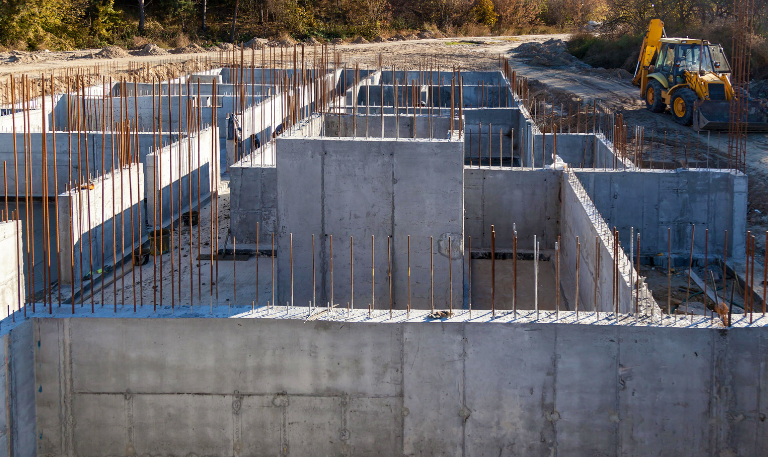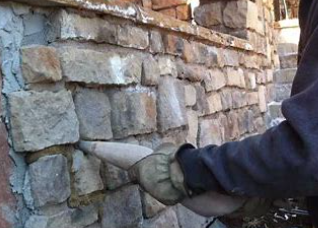Rigid Foam Vs. Fiberglass Insulation: Which Is Better?
Rigid foam and fiberglass insulation are two popular choices for insulating your home. Each one has its advantages and drawbacks. It would help to compare rigid foam vs. fiberglass insulation, exploring their features, benefits, and disadvantages. You can pick the best type of insulation for your needs by knowing how the two types differ.
Rigid Foam Insulation: Strength and Efficiency
Rigid foam insulation contains plastic or foam materials such as polystyrene, polyisocyanurate, or polyurethane. It comes in boards or panels cut to fit specific areas. It offers excellent thermal resistance (R-value) and can reduce heat transfer. It provides a robust and durable barrier against air infiltration, making it highly energy-efficient. Additionally, rigid foam insulation can minimize thermal bridging, which is heat transfer through the studs and joists of your home.
Fiberglass Insulation: Versatility and Affordability
Fiberglass insulation consists of tiny glass fibers that trap air and slow down heat transfer. It is available in batts or rolls, making it versatile and easy to install between wall studs and floor joists. It is also available in loose-fill form for attics and walls. Fiberglass insulation is popular for its affordability and widespread availability. It is one of the most cost-effective options for many homeowners.
Installation: Ease and Adaptability
When it comes to installation, fiberglass insulation is relatively straightforward. You can easily cut and fit it into various spaces, making it suitable for DIY projects. On the other hand, rigid foam insulation requires more precision during installation. It requires accurate measurement, cutting, and securing in place. Due to its rigid nature, this type of insulation is better suited for professional installation or more experienced DIYers.
Thermal Performance: R-Value and Efficiency
Both rigid foam and fiberglass insulation offer thermal resistance, commonly called R-value. Compared to fiberglass insulation with the same thickness, rigid foam insulation can resist heat flow better and save more energy, as it has a higher R-value. However, insulation performance depends on more than just the R-value. Proper installation and sealing are equally important in achieving optimal energy efficiency.
Moisture Resistance and Durability
Rigid foam insulation has inherent moisture resistance due to its composition. It does not absorb water. This makes it suitable for areas prone to moisture or high humidity levels. Additionally, it is popular for its durability. It does not easily degrade or compress over time, ensuring long-lasting insulation performance. Fiberglass insulation, while not inherently moisture-resistant, can perform well when properly installed and protected from moisture.
Environmental Considerations
Fiberglass insulation has a lower environmental impact than other insulation types, as it often consists of recycled glass materials that reduce waste and energy consumption. However, rigid foam insulation can be environmentally-friendly if made from recycled materials and produced using sustainable manufacturing processes. Considering the specific product and manufacturer when assessing the environmental aspects of insulation options is crucial. While Ernest Maier does not manufacture insulation, we make every effort to manufacture and source more sustainable construction materials for your projects.
In the debate between rigid foam and fiberglass insulation, there is no definitive answer as to which is better. The best insulation choice depends on various factors, such as your needs, budget, and preferences. Rigid foam insulation has the advantages of strength, efficiency, and moisture resistance, while fiberglass insulation is more versatile, affordable, and easy to install. Consider factors such as thermal performance, installation requirements, and environmental considerations to determine which insulation type aligns best with your home and goals.

Inside SalesLaRon Palmer
Latest News

4 Ways To Reinforce Concrete
Concrete is one of the most fundamental materials used in construction. If you’re working on a domestic project or a […]

The Environmental Benefits Of Using Ready-Mix Concrete
The construction industry is changing quickly to meet the growing demand for sustainability and eco-friendly practices. One of the most […]

6 Essential Tips For Grouting Stone Veneer
Grouting stone veneer is an important step in the installation process that can significantly impact the overall look and durability […]

Should You Fill Hollow Concrete Blocks?
Hollow concrete blocks are widely used in construction due to their strength, versatility, and lighter weight compared to solid blocks. […]
